
Redesign Your School Athletic Pavilion | 2014 National High School Architecture Competition #208
As of now, the High Tech gym and the main building are vastly separated. Because of this, there is not a smooth transition between the academics and athletics of our school. With a nicer and more approachable building and atmosphere on the outside of the main High Tech building, the entire feel of our campus would improve and the students, along with the faculty, would gain more interest for the athletic facilities and exercise and wellness overall. Our current atmosphere and surroundings are extremely industrial and do not necessarily evoke any feelings of tranquility or wellness. The main goal I will try to achieve with my pavilion design is to change the outlook that we as students have on our building, gym, surroundings, and the athletics program in High Tech. Hopefully with a more fitting and nicer design and landscape the way in which we perform and interact will also be affected in a positive way.
In the new building/pavilion I would like to create an area in which the indoor and outdoor can coexist seamlessly so the students can enjoy the best that each of these environments have to offer. I would definitely like for nature and green living to be main focuses on the new building and concept. Apart from the traditional equipment and fields/courts I would like to include areas for more unconventional sports and facilities that would encourage wellness and fitness in a safe, fun, and easy way.
Currently, the walk from the main building to the gym or APA is not necessarily pleasant and not all students are thrilled to make the trip. With the new design and landscape the physical education program and the way in which students react to it will hopefully change since nicer facilities and surroundings would entice them to perform better and enjoy their time in the facilities during and outside of class. Because of this, I think more than a renovation of the current space in needed. Designing a more attractive and fitting building would likely accomplish all of these goals and fulfill all thoughts that I would like them to in order to make a difference in our school and surrounding community.

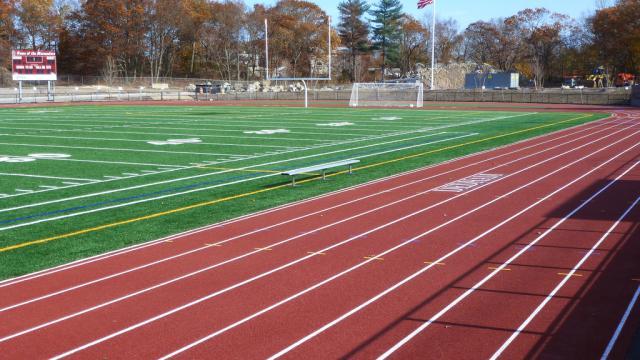




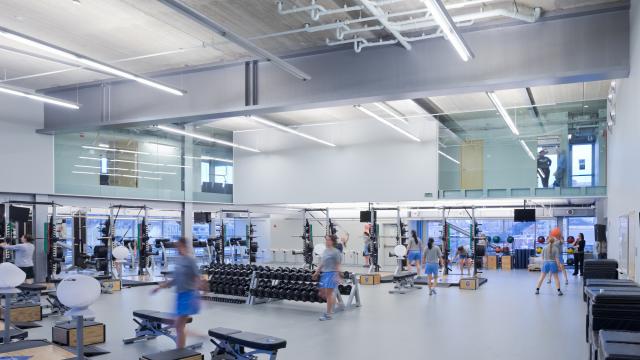
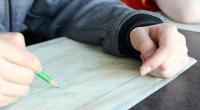


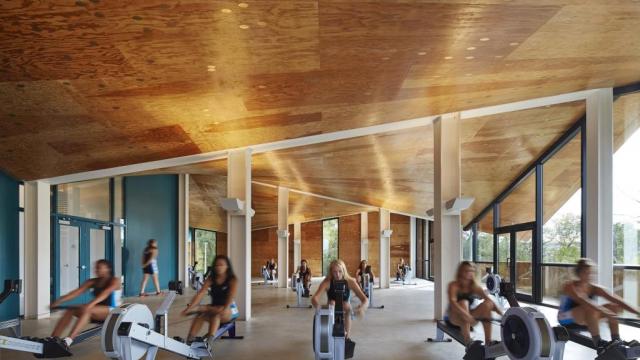




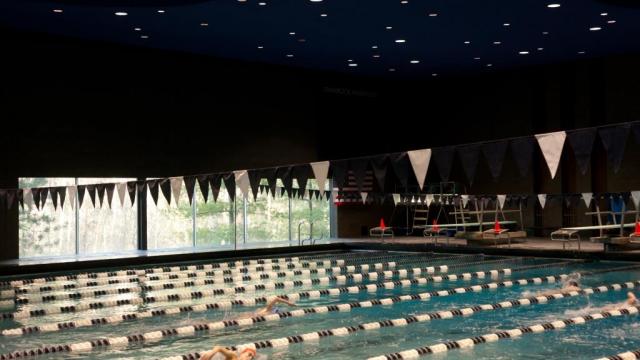






Comments
Don't forget, to register for the National Competition! You can do that here: http://discoverdesign.org/registration2014